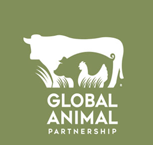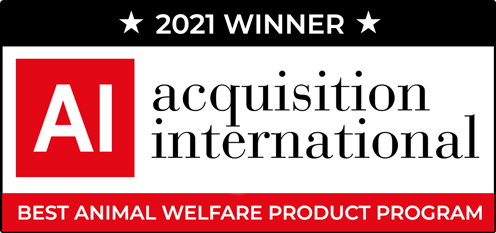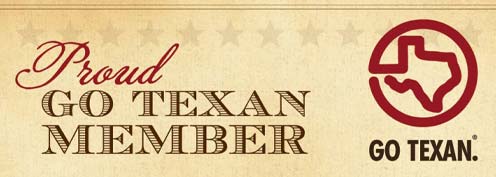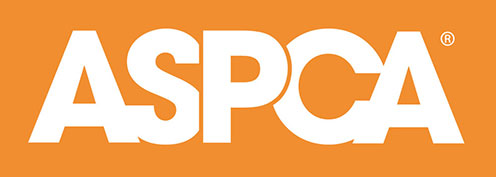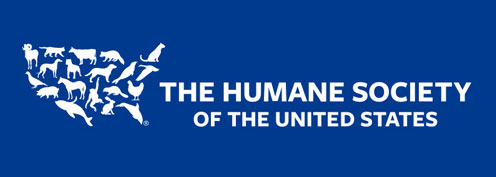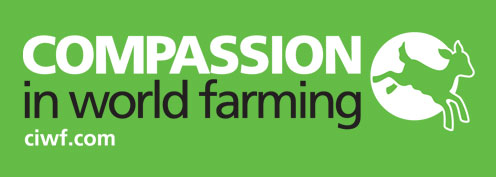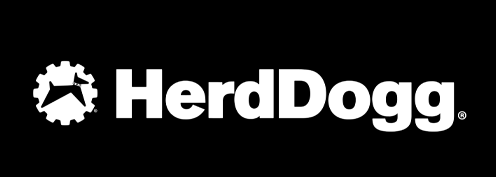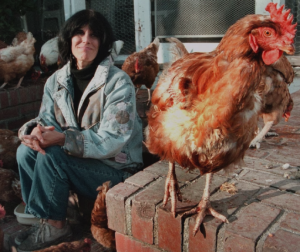
If you’ve taken a look at G.A.P.’s new Farmed Atlantic Salmon Standard, you may have questions about the different Step levels and what they mean.
A tiered approach
Like our standards for meat, eggs, and dairy, G.A.P. has taken a tiered approach, which provides flexibility for any type of farmed aquaculture system. The Step levels are used to indicate how the salmon are managed, what their environment looks like and, ultimately, how they are doing in that environment. G.A.P. Certification requires an animal welfare outcomes approach, in which no matter what type of system is used, the farm must adhere to best practices for handling, monitoring, health, welfare, and more that are set in our Standard. For producers looking to focus even more of their management on the welfare of fish, G.A.P.’s multi-step program provides a way to substantiate this welfare claim, and further differentiate their operations.
For land animal (a.k.a., terrestrial) species, G.A.P. has utilized our 5-Step® Animal Welfare Rating program for the various species-specific standards. In order to create a meaningful animal welfare program for salmon that fits within this multi-tiered structure of the G.A.P. Program, and one that can be applied practically to the salmon aquaculture industry, three Step Levels were created – Base Certification (Step 1); Enhanced Habitat (Step 3); and Fish-Centered (Step 5+). Each Step builds on the previous Step, so as a farm moves up the Steps, more and more consideration to animal welfare within the system are required.
The 3 Steps

Base Certification
Our Base certification lets you know that the salmon farm was audited to over 175 species-specific standards to be certified, including providing ample space for salmon to swim and weekly welfare monitoring. G.A.P. is also the first and only fish welfare certification currently to require specific environmental enrichments at all Step Levels and life stages. G.A.P. has also created an animal welfare standard for slaughter facilities utilized in the G.A.P. Program.
Enhanced Habitat
One of the highlights of our middle step – Step 3 “Enhanced Habitat” – is more environmental enrichments and increased welfare-friendly management and handling practices. As we mentioned above, while enrichments are required at all Step Levels, Step 3 farms must provide a greater variety of enrichments at various life stages.
Fish-Centered
On top of a long list of management and welfare-related requirements, our highest tier – Step 5+ “Fish-Centered” – requires that salmon monitoring and health checks are all done without having to remove fish from water, and thus encourages the use of technological innovations to monitor and improve salmon welfare. As mentioned above, many of the standards build upon one another, meaning that in order to achieve a higher Step Level, operations also need to meet the requirements of Steps 1 and 3. Regardless, you can be sure that G.A.P. Certified farmed Atlantic salmon is the best choice at any step level.
Transparency Matters
We think our tiered standard is one of the unique features that sets us apart. It provides transparency for consumers and it embodies our mission of continuous improvement. We look forward to working with farmed salmon operations over the coming years to impact the lives of millions of fish around the globe. #MakeitGAP
